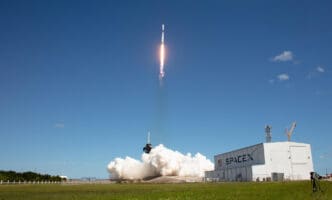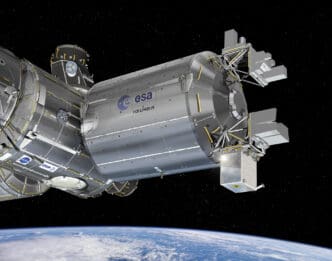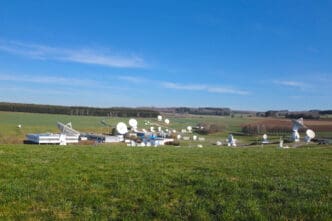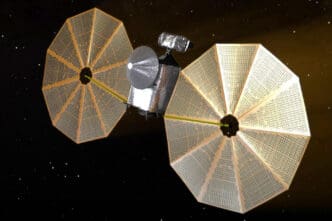Abel Lawrence Peirson, a doctoral student at Stanford University, is making significant strides in unraveling cosmic mysteries through innovative AI applications. Engaged with NASA’s Imaging X-Ray Polarimetry Explorer (IXPE) mission, Peirson’s work is pivotal in studying X-ray polarization from celestial phenomena such as supernovae and black holes.
Artificial intelligence (AI) has been a catalyst for Peirson’s diverse explorations, ranging from analyzing neural activity in insects to creating humorous internet memes. Currently, his AI expertise is focused on celestial research with the IXPE mission, a spacecraft capturing polarization data from high-energy cosmic sources. By examining the orientation of X-ray light, Peirson and his team aim to decode the underlying physics of these astronomical bodies.
To accomplish this, Peirson employs supervised machine learning to develop models that can reconstruct past events. This method helps in interpreting X-ray patterns captured by IXPE, akin to deducing the dynamics of a car collision from visible damage. His interest heavily centers around blazars, which are energetic galaxies with supermassive black holes at their core. These enigmatic formations emit high-energy jets that may reveal insights into whether protons significantly contribute to their energy output.
Moreover, Peirson’s work sheds light on the role of hadronic processes in blazars. Hadrons, like protons, are particles that might interact with photons, leading to energy emissions detectable as polarized light. Decoding this interaction could enrich our understanding of the universe’s most powerful phenomena.
Transitioning from theoretical science to practical applications, Peirson emphasizes the surprisingly large role of programming in his research. Developing usable software solutions is essential for impactful scientific contributions in today’s era, he notes, highlighting that software development is a substantial portion of his tasks.
Working within the international collaboration of the IXPE mission, Peirson finds the collective effort both challenging and rewarding, fostering an environment of shared expertise across borders. This multinational endeavor enhances the scientific insights drawn from the mission’s findings.
Peirson’s global upbringing—rooted in London with American and Spanish heritage—complements his international scientific collaborations. A lifelong fascination with space, inspired by ‘Star Trek’ and Isaac Asimov, fueled his academic journey from the University of Oxford to Stanford, where he is completing his Ph.D. Peirson’s advice to budding astrophysicists highlights the importance of mastering statistics and programming, crucial skills for analyzing complex astronomical data.
Abel Lawrence Peirson’s work on the IXPE mission illustrates the profound impact of AI on astronomy. By applying advanced machine learning techniques, Peirson not only contributes to our understanding of the universe but also sets a precedent for future research in the field.







